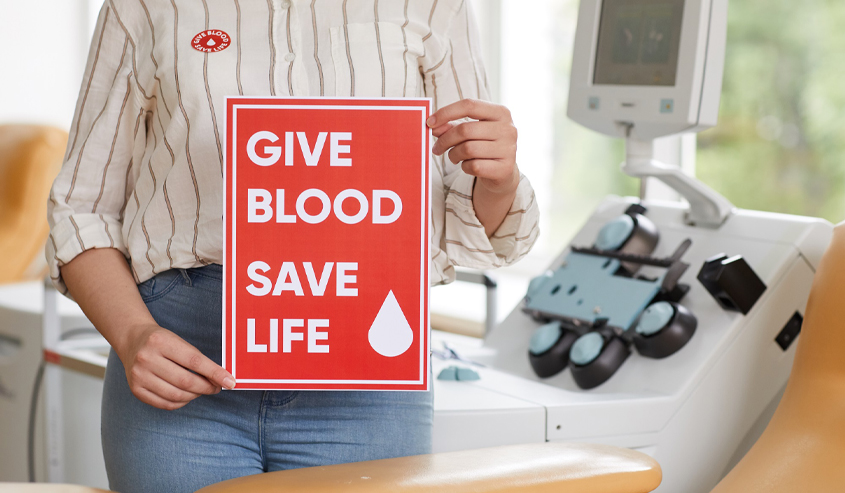
In addition to the start of the New Year, January is National Blood Donor Month, the observation of which was inspired by the American Red Cross that began in January, 1970 under former President Richard M. Nixon. If you’re wondering why the month of January, it’s because blood and platelet donations decline while the demand increases. Consequently, millions of Americans including car accident victims, cancer patients, and organ recipients rely on others to donate blood.
The Importance of Blood Donations
The Red Cross collects roughly 5.6 million blood donations annually from 3.3 million individuals. This is needed for the creation of more than 8 million blood products that are distributed to hospitals nationwide as well as numerous transfusion centers. Here are some additional statistics to be aware of:
- 1 out of every 10 hospital patients needs blood
- 1 pint of blood can save three lives
- 38% of all Americans are eligible to donate blood yet less than 10% do
- 43,000 pints of blood are used on a daily basis
- 7,000 units of platelets and 36,000 units of red blood cells are needed by Americans every day of the week
- Someone in the U.S. needs blood every 2 seconds
- Up to 100 pints of blood could be required in order to save a single accident victim
Keep in mind that donated blood is not only used to save lives, it’s used for researching blood borne diseases as well. Furthermore, certain diseases and surgical procedures rely on blood donations such as anemia, cancer treatments, open heart surgery, organ transplants, and sickle cell disease. Thus, blood donations are an integral part of helping people stay well. The slogan is “Share Life, Give Blood” and the aim is to encourage people to donate blood so that the donor network stays strong.
Digital Imaging in Pathology
Digital imaging creates a quantitative representation of physical objects through the use of cameras, illumination, and optics. Once the image is in a digital format, it can be analyzed, displayed, manipulated, and printed in ways that would not be possible by other means. The recent advancements in electronic imaging technology as well as computers and the internet have led to the emergence of digital imaging in hematology and pathology.
Digital imaging is now being used in cell analyzers, clinical research, education, and laboratory pathology. Additionally, scanning microscopes are now able to capture high-resolution virtual slides for use in hematology and pathology studies. To learn more about the use of digital imaging in hematology and pathology or the importance of donating blood during January, contact Vital Imaging for more information today.
